On March 25th, 1931, a fight broke out between white and black boys on a Southern Railroad freight train. The boys were riding as hobos, deep into the chaos of the Great Depression. Nine black boys were subsequently arrested and charged with assault. When two white women named Victoria Price and Ruby Bates were found hiding on the train, dressed as men, they accused the nine boys of rape. Price and Bates, fearful of possible prosecution for their presence on the train and persecution for the sexual activity they had engaged in with other men on the train, testified against the nine black men. The subsequent arrest and trial of the nine Scottsboro boys sensationalized the myth of the dangerous black rapist for the next decade. Throughout history, the threat of the “hypermasculine and dangerous” black man raping innocent white women fueled lynching, killings, and imprisonment of black boys and men. That legacy continues to engender fear of the black man today.
Within two weeks of the initial arrest, the nine- Charlie Weems, Ozie Powell, Clarence Norris, Olen Montgomery, Willie Roberson, Haywood Patterson, Eugene Williams, Andrew Wright, and Leroy Wright- were indicted and sent to trial. An all-white jury in the town of Scottsboro, Alabama, convicted each of the boys as guilty, despite the fact there was no evidence linking them to the crimes. They sentenced all but one to death. The youngest, a 13-year old boy, was sentenced to life imprisonment. When the verdict and death sentences were announced, protests roared across the country, particularly in the North and amongst the American Communist Party. The party was in the height of organization and protests against institutionalized racism and economic depression, and quickly took on the Scottsboro case, garnering support for their defense movement. Massive protests and speaking engagements against the all-white jury trials were organized to overturn the convictions. Supported by civil rights activists across the country, sit-ins in segregated restaurants and civil disobedience demonstrations were held in order to garner support for the Scottsboro defense. Eventually, the Scottsboro Defense Committee was created by the Communist Party, NAACP and other civil rights organizations.
In 1932, two of the convictions against the Scottsboro boys were overturned by the Supreme Court, due to inadequate legal counsel of the defendants. In 1935, another conviction was overturned by the Supreme Court due to the state excluding blacks from any of the juries. One of the white women who had made the rape accusations, Ruby Bates, finally came forward, denying any rape took place. She repudiated her former testimony, stating that she and her companion Victoria Price were pressed into their false accusations. Her guilt caused her to become part of the campaign to save the lives of all nine men. In 1937, the case was taken to the United States Supreme Court, saving all nine of the Scottsboro boys. Though their convictions were overturned, it took almost twenty years before the last defendant was finally freed from prison. The case of the Scottsboro boys has since been exemplary of racism and prejudice of the United States judicial system, as well as a story of radical success against the oppressive Jim Crow system.
Source: http://www.pbs.org/wnet/jimcrow/stories_events_scotts.html
http://www.blackpast.org/aah/scottsboro-boys-trial-and-defense-campaign-1931-1937






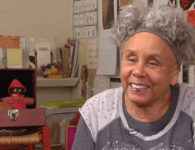

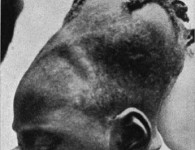

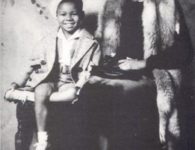



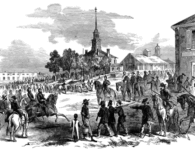
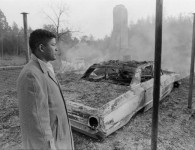
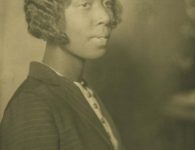


No comments